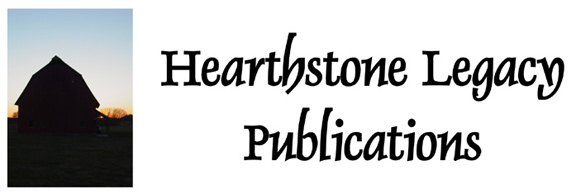|
Home
Up
Search
Multi-County DVDs
Missouri Counties
Southeast Missouri
Ozark Region
Arkansas Counties
Illinois Counties
Indiana Counties
Iowa Counties
Kansas Counties
Kentucky Counties
Louisiana Parishes
Massachusetts Vital Records
North Carolina Counties
Ohio Counties
Pennsylvania Counties
Tennessee Counties
Texas Counties
Historic Map Reprints
Plat Map Books
Census Records
State County Maps
New Titles
Coming Soon
Questions Answers
Customer Quotes
Wholesale
Conferences
Missouri Journey
Iris Median
Contact Us
Genealogy History News
Special Offers
County History Books
| |
Life in Pioneer Times, page 2
The above description only applies
to the earliest times, before the buzzing of the saw-mill was heard within our
borders. The furniture comported admirably with the house itself, and hence, if
not elegant, was in perfect taste. The tables had four legs, and were rudely
made from a puncheon. Their seats were stools, having three or four legs. The
bedstead was in keeping with the rest, and was often so contrived as to permit
it to be drawn up and fastened to the wall during the day, thus affording more
room for the family. The entire furniture was simple, and was framed with no
other tools than an ax and auger. Each man was his own carpenter, and some
displayed considerable ingenuity in the construction of implements of
agriculture and utensils and furniture for the kitchen and house. Knives and
forks they sometimes had and sometimes had not. The common table knife was the
jack-knife or butcher knife. Horse collars were sometimes made of the plaited
husk of the maize, sewed together. They were easy on the neck of the horse, and,
if tug traces were used, would last for a long time. Horses were not used very
much, however, as oxen were almost exclusively employed. In some instances carts
and wagons were constructed or repaired by the self-reliant settler, and the
wonderful creaking of the untarred axles could be heard at a great distance.
The women corresponded well with the virtuous women spoken of
in the last chapter of Proverbs, for they "sought wool and flax and worked
willingly with their hands." They did not, it is true, make for themselves
coverings of tapestry," nor could it be said of them that their "clothing was
silk and purple;" but they "rose while it was yet night and gave meat to their
household," and they "girded their loins with strength and strengthened their
arms." "They looked well to the ways of their household and ate not the bread of
idleness." They laid "their hands to the spindle and to the distaff," and
"strength and honor were in their clothing." In these days of furbelows and
flounces, of lace and velvet trimmings, when from twenty to thirty yards are
required by one fair damsel for a dress, it is refreshing to know that the
ladies of that ancient time considered eight yards an extravagant amount to put
into one dress. The dress was usually made plain, with four widths in the skirt
and two front ones cut gored. The waist was made very short, and across the
shoulders behind was a draw string. The sleeves were enormously large and
tapered from shoulder to wrist, and the most fashionable - for fashion, like
love, rules alike the "court and grove" - were padded so as to resemble a
holster at the upper part, and were known as "mutton legs" or "sheep shank
sleeves." The sleeve was kept in shape often by a heavily starched lining. Those
who could afford it used feathers, which gave the sleeve the appearance of an
inflated balloon from elbow up, and were known as '' pillow sleeves." Many bows
and ribbons were worn, but scarcely any jewelry. The tow-dress was superseded by
the cotton gown . Around the neck, instead of a lace collar or elegant ribbon,
there was arranged a copperas colored neckerchief. In going to church or other
public gathering, in summer weather, they sometimes walked barefooted till near
their destination, when they put on their shoes or moccasins. They were
contented and even happy without any of the elegant articles of apparel now used
by ladies, and considered necessary articles of dress. Ruffles, fine laces, silk
hats, kid gloves, false curls, rings, combs and jewels were nearly unknown, nor
did the lack of them vex their souls. Many of them were grown before they ever
saw the interior of a dry goods store. They were reared in simplicity, lived in
simplicity and were happy in simplicity. It may be interesting to speak more
specifically regarding cookery and diet. Wild meat was plentiful. The settlers
generally brought some food with them to last till a crop could he raised. Small
patches of Indian corn were grown, which, in the earliest days of the
settlement, was beaten in a mortar. The meal was made into a coarse but
wholesome bread, on which the teeth could not be very tightly shut on account of
the grit it contained.
Previous
1 < Continued >
3
4
5
The Lives of Our Ancestors
|
